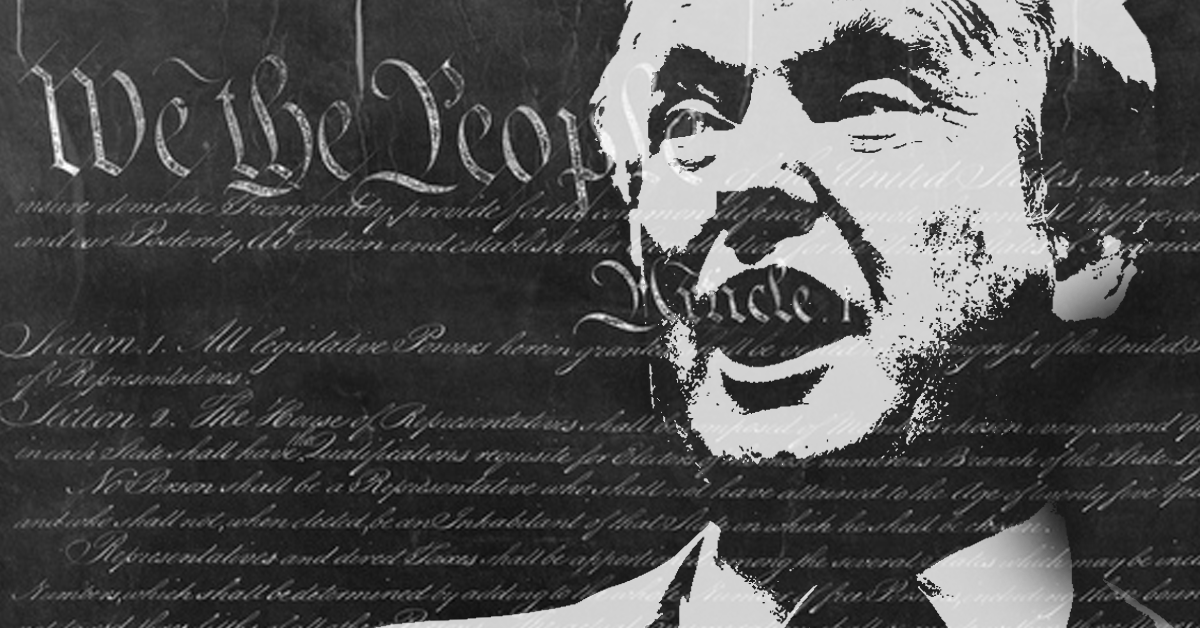
Sarah Wasko / Media Matters
The White House’s rollout of its so-called “infrastructure week” agenda demonstrated once again that President Donald Trump and his staff are interested in policy discussions only insofar as they can generate short-term media narratives. The infrastructure scheme that the Trump team is pushing falls far short of the substantive approach necessary to address America's infrastructure needs and stands in stark contrast to plans outlined by progressive advocates. The Trump plan seems designed to curry headlines rather than spur a serious media conversation about infrastructure.
On June 5, the White House released a vague six-page infrastructure outline touting the Trump administration’s goal to invest “at least $1 trillion in total infrastructure spending” over the next decade along with numerous other initiatives. A close reading of the plan, coupled with the White House’s budget request for the 2018 fiscal year, shows that it is not actually a plan to invest $1 trillion in our nation’s roads, bridges, and other vital infrastructure. Instead, it is a proposed $200 billion tax giveaway to developers and construction contractors, which the administration hopes would spur additional private sector investment of up to $1 trillion.
Aside from a controversial side project that would break up and privatize the Federal Aviation Administration’s (FAA) air traffic control systems, which has encountered pushback from both the head of the FAA and from Trump’s own transportation secretary, the Trump infrastructure agenda included few specific policies. Most major media outlets saw the “infrastructure week” gambit for what it was, a transparent attempt to distract media attention away from the looming congressional testimony of former FBI Director James Comey.
This isn’t the first time the Trump administration has hastily rolled out an incomplete economic agenda in hopes of distracting the press from the challenges it’s facing. In late April, as the administration neared its 100th day in office with no major legislative accomplishments, the White House rolled out a comically incomplete one-page tax plan that was pilloried in the press. The plan called for “a radical reordering” of tax policy that The New York Times projected “would significantly benefit the wealthy.” The hastily drafted tax plan was described as “a frantic last push” for a policy victory after what media observers had dubbed “100 days of failure.”
By all accounts, the White House’s head fake on infrastructure failed, in part because the president couldn’t keep himself on message. But the attempt to again use vitally important domestic policy debates as a ploy to manipulate media attention underlines a telling problem with the Trump White House. The administration’s approach to economic policy seems to be little more than a media game -- a shame given the extent of necessary investments and reforms needed nationwide.
According to the American Society of Civil Engineers (ASCE), the United States faces a $2 trillion spending shortfall over the next decade to make necessary upgrades to its D+ rated infrastructure. The Congressional Progressive Caucus (CPC) has a plan to make precisely those investments, and another plan floated earlier this year by Senate Democrats would bridge at least part of the funding gap. By comparison, the White House’s contribution to this substantive infrastructure debate is a flimsy and exaggerated series of tax cuts and controversial public-private partnerships that bear a closer resemblance to trickle-down economics than to infrastructure policy.
The “infrastructure week” gimmick failed to create the headlines the administration wanted, and the White House has reportedly put little effort into turning its agenda into viable legislation. Millions of Americans stand to benefit from actual investments in public infrastructure, and those millions of people deserve more from the White House than fleeting attempts to gin up good press.